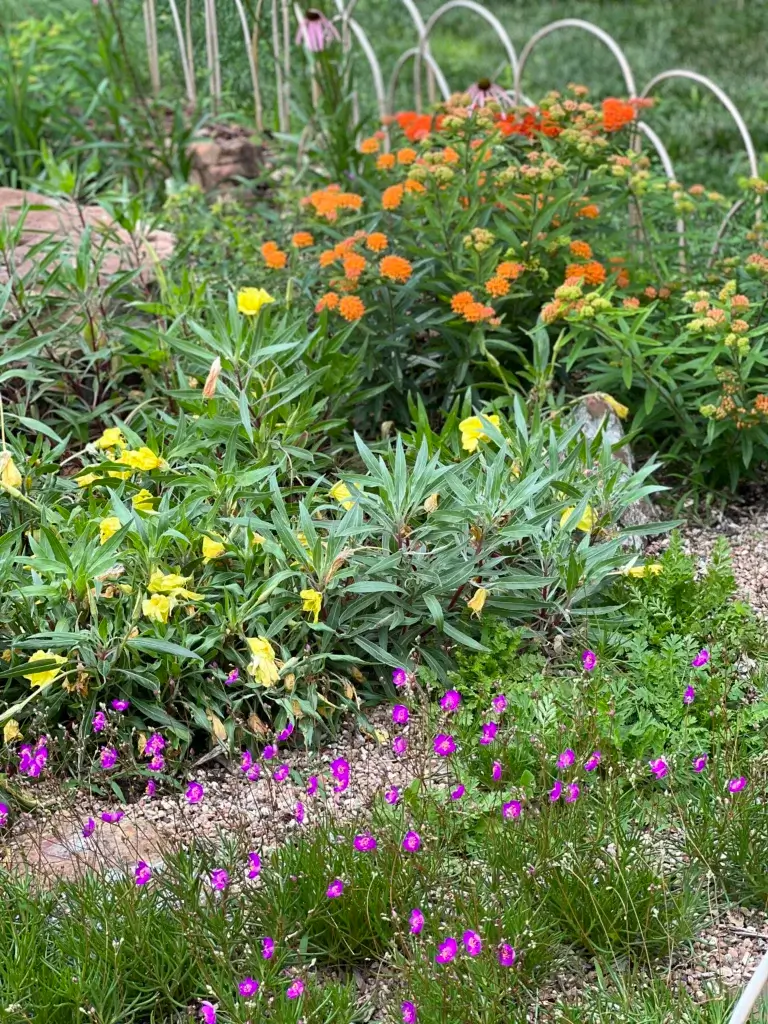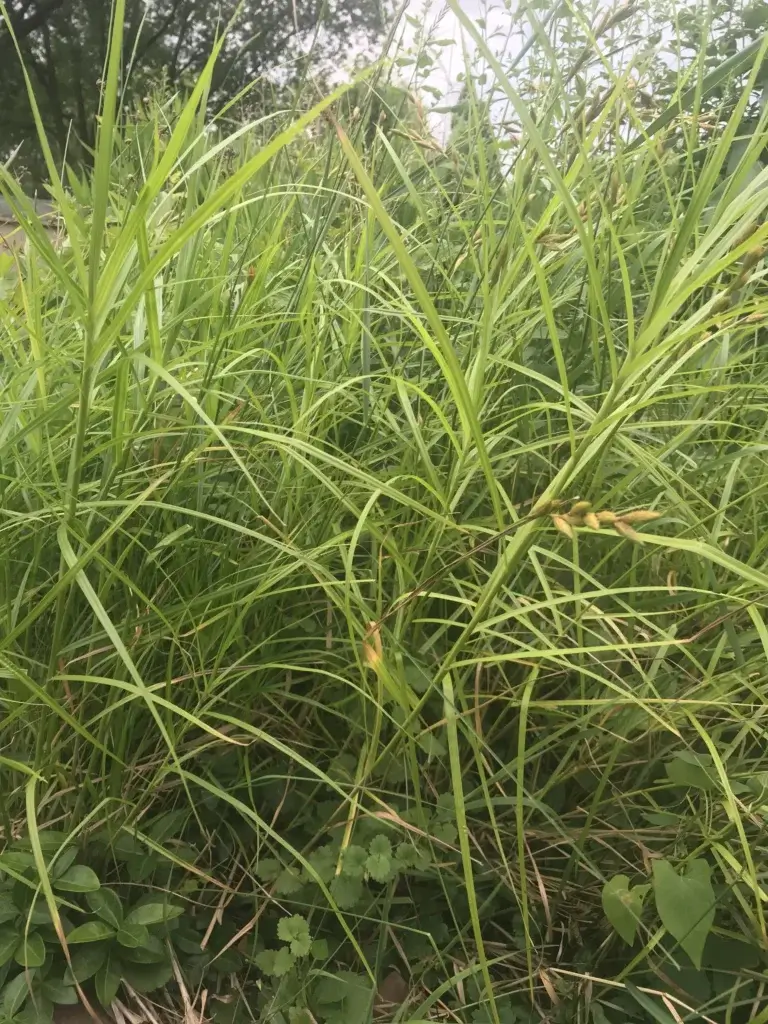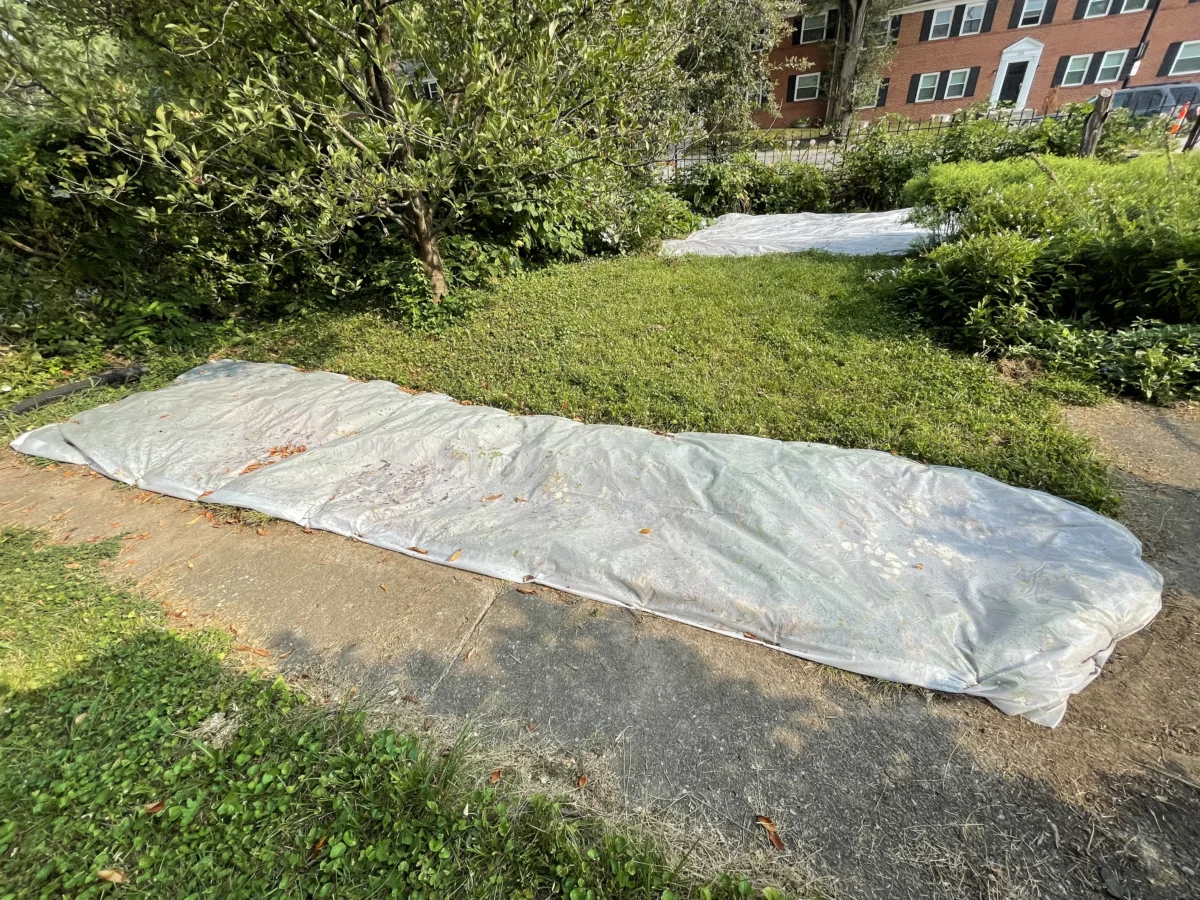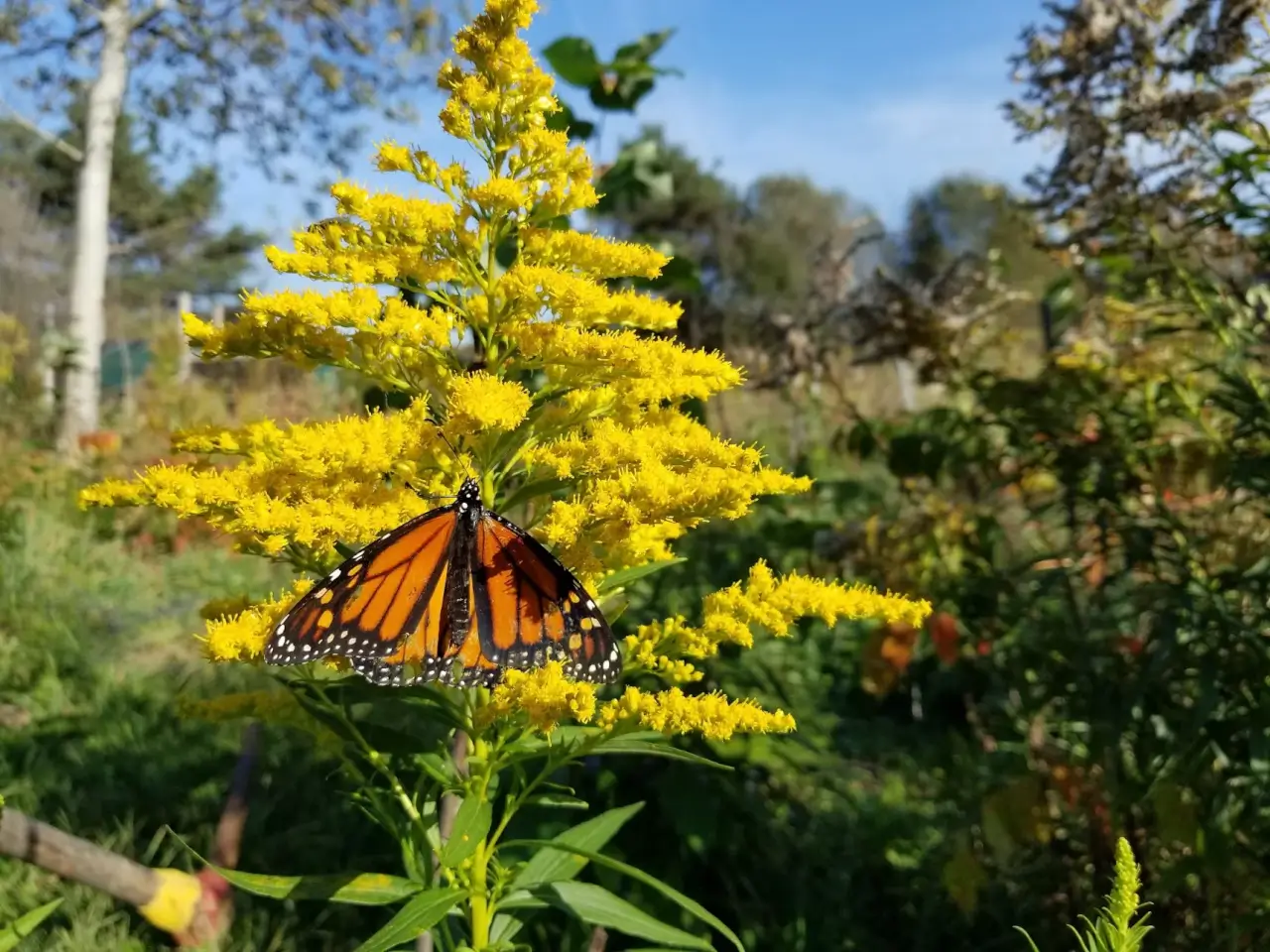Remaining winter’s annual rely of jap monarch butterflies was the second-lowest on report. A lot of the roughly 4,000 wild bee species native to North America are moreover imperiled. Different of habitat with agricultural land, lawns and concrete progress poses one in all many foremost threats to these pollinators and completely different helpful bugs akin to lady beetles that eat insect pests. Many flowering crops and bushes, along with an estimated 35 p.c of the world’s meals crops, rely upon pollinators to breed.
As a gardener throughout the Midwest, I am surrounded by agricultural farmland and housing developments which have largely modified the tallgrass prairie that provided habitat for pollinators and completely different wildlife earlier to European settlement. I decided to dedicate just a few of my exterior home to these necessary creatures. Nevertheless sooner than I started, I wished to find out which crops would thrive in my yard’s setting.


Choosing crops native to the realm is biggest as they’re correctly suited to the native soil and native climate. Pollinators have tailor-made to native crops; they’ve co-existed for many of years. There are various native crops to pick out from which will be partaking and provide pollinator habitat.
“Be a planner, not a plopper,” says Cydney Ross, outdoors education program supervisor for Deep Roots KC, a Kansas Metropolis, Missouri nonprofit.
Ross suggests taking footage at utterly completely different events of the day for no less than one season to be taught what number of hours of daylight each part of your yard receives. Pollinators forage in areas with six to eight hours of full daylight a day.
I planted patches of pollinator habitat in my yards in Nebraska and Iowa, and for each location, I found to pay attention to the hours of daylight obtainable after the bushes have completely leafed out. When there are mature bushes shut by, the hours of daylight obtainable can change pretty a bit from early Might to July.


Soil and moisture are completely different points. Ken Parker, a western New York-based native plant grower and advisor with Native Plant Man Consulting, says fancy soil assessments are pointless. Merely decide the form of soil that you have—as an illustration, is it clay, loam or sandy? To seek out out soil kind, I place a ball of moist soil identical to the consistency of Play-Doh in my hand. Sandy soil is gritty and laborious to sort a ball, whereas clay is much stickier. Loam tends to be a combination of the two and feels silky in your hand and varieties a unfastened ball.
Subsequent, I observed the place water pooled in my yard to find out areas which will be significantly moist. I largely labored with sandy and loam soil and have seen the crops that thrive in my house can change counting on soil conditions. Cream wild indigo and prairie dropseed are among the many many species which have grown greater in my sandy soils, whereas every kind of plant species akin to New England aster, wild bergamot and sideoats grama (a quick prairie grass) develop correctly in loam soil.
When planting native crops, it’s pointless in order so as to add amendments to the soil akin to peat moss and fertilizer. These crops are hardy and don’t need these dietary dietary supplements, which might merely encourage weeds.
As quickly as I understood daylight, soil and moisture conditions, I was able to select plant species that match my yard’s setting.


State native plant societies are an excellent begin line for finding a neighborhood native plant group and nursery that specializes in rising natives. These organizations and nurseries are good property for finding out in regards to the habitat requirements of varied species and one of the best ways to plant them. I’ve ordered most of my native crops from regional nurseries in flats by the mail, they often have arrived in good scenario.
Established crops are recommended for starting smaller pollinator gardens (decrease than roughly 250 to 500 sq. ft); they’re costlier than seed, nevertheless they will arrange additional shortly, reducing time spent weeding.


I planted my first pollinator yard with a pre-made native grass and wildflower seed mix as soon as I used to be in my 20s and a graduate pupil with a flexible schedule. I liked spending time on my palms and knees with a plant ID data attending to know which youthful seedlings had been one factor I had planted and which had been weeds that wished to be pulled. Nonetheless, as I acquired older and wanted to spend a lot much less time weeding, I switched to planting small crops. I moreover like attending to mature crops quicker when starting with crops.
Parker recommends deciding on an equal number of wildflower species that bloom throughout the early spring, summer season and fall—he likes 4 flowering species all through each season. “The additional species you should have, the additional your habitat turns right into a buffet” for varied sorts of grownup pollinators and larvae, which is able to even attraction to birds, he says.
My current yard has patches of pollinator habitat with 20 native plant species; the wildflowers bloom from Might by early October. In my sunny, steep entrance yard, I planted a five-foot-wide strip with taller species akin to stiff goldenrod, wild bergamot and customary milkweed throughout the once more and the shorter prairie dropseed grass and simple aster throughout the entrance. Monarch larvae feed on milkweed, nevertheless grownup monarchs and loads of completely different pollinators feed on the nectar and pollen of various flowering species––throughout the fall, the blooms of the stiff dropseed are alive with train from small bees to butterflies.
Near my vegetable yard there’s prairie alumroot, sweet coneflower, Joe Pye weed and foxglove beardtongue. The beardtongue is amongst my favorite crops. Its tubular white flowers are significantly widespread with bumblebees and hummingbirds.
Grasses and sedges (grass-like crops with excellent leaves) current texture, and their dense roots will occupy home, reducing weed establishment. I like to include clump-forming grasses akin to little bluestem which will be host crops for the larvae of skippers, a type of butterfly. I’ve moreover started planting additional sedges spherical my flowering crops since they inexperienced up early throughout the rising season and deter rabbits from feeding on completely different crops. As yard designer Benjamin Vogt with Monarch Gardens in Lincoln, Nebraska, says, “Sedges are wildflower bodyguards.”


Sooner than the exact planting could begin, the world should be prepared by reducing weeds and grasses. This can be very labor intensive, nevertheless there are a selection of methods that yard designers counsel––my favorite is sheet mulching for my gardens.
Sheet mulching: Mow or weed whack your backyard and weeds fast, then put layers of cardboard or newspaper down for plenty of weeks; add mulch on prime to keep up the layers in place. Poke holes into the layers and insert your crops.
Solarization: All through the summer season, staple clear plastic tarp into the backyard to make use of heat to kill the grass, weeds and weed seeds. Go away in place for two to a couple weeks in dry climates to plenty of weeks in wetter climates until the vegetation is ineffective. Take away the plastic sooner than together with your crops throughout the fall.
Herbicide: That’s in all probability probably the most controversial method. Glyphosate could also be very environment friendly at killing grass and weeds, nevertheless most pollinator consultants avoid using it on account of potential outcomes on human effectively being, the setting and the pollinators they’re making an attempt to attract.


Each of my gardens had been planted over time. Ross implies that planning in ranges, even when altering big elements of a backyard to a pollinator habitat, retains the problem fairly priced and manageable. And starting with a small house lets you affirm which species arrange correctly and the weed administration methods that work correctly sooner than scaling up. Along with native ground-spreading covers to perform a residing mulch can also reduce weeds.
Throughout the first yr, crops must put their vitality into rising roots. To assist their improvement and to chop again weed rivals, I add a one- to two-inch layer of mulch after planting and often water for the first two weeks if there isn’t widespread rainfall.
Over the second and third yr, allowing the mulch to interrupt down, trimming weeds and giving crops home to unfold will allow the natives to interchange the mulch. “They could uncover the place they’re happiest,” says Parker.
The right yard preparation has paid dividends in creating an hospitable habitat lively with pollinators and completely different wildlife. My gourd crops are plentiful yearly due to pure insect pollination. I watch birds feed on caterpillars throughout the spring and summer season and the seed heads of sweet black-eyed Susan and Joe Pye weed throughout the fall and winter. It’s a small step to make my yard a additional welcoming place for these creatures, nevertheless, selfishly, the pleasure I derive in seeing a butterfly float by on a summer season breeze or bumblebees go to my flowers is immeasurable.


